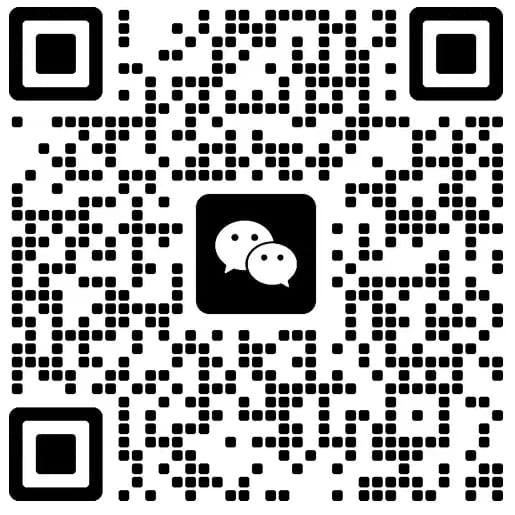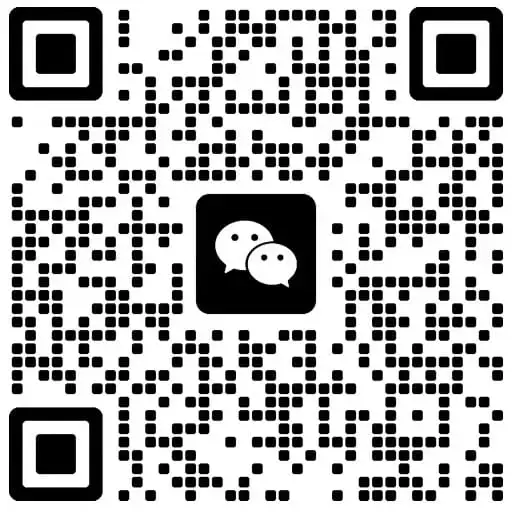Expanding into global markets has many challenges, and customs duties are often a prime financial hurdle. Fortunately, Free Trade Agreements (FTAs) offer a way to ease this burden—especially for businesses trading with China, a key player in numerous FTAs worldwide. By meeting the requirements of these agreements, companies can significantly reduce tariffs and enhance competitiveness in international markets.
But what exactly is an FTA shipping, and how can businesses maximize its advantages? Keep reading.
What is a free trade agreement?
Essentially, a Free Trade Agreement is a pact between two or more nations designed to reduce trade barriers. These agreements grant preferential market access by lowering or eliminating tariffs, streamlining customs procedures, and reducing associated taxes. As a result, businesses can import and export goods more easily and at a lower cost.
For instance, under the ASEAN-China Free Trade Agreement (ACFTA), certain goods moving between China and ASEAN nations enjoy zero or reduced tariffs, speeding up shipments and making products more competitive. Similarly, the China-Australia Free Trade Agreement (ChAFTA) has slashed duties on Australian exports like beef, wine, and dairy, strengthening bilateral trade.
How do FTAs affect international shipping?
Beyond cost savings, Free Trade Agreements streamline shipping by reducing customs clearance delays. With fewer trade barriers, businesses can move goods faster and more predictably, benefiting industries that rely on just-in-time (JIT) supply chains, where efficiency is critical.
For instance, a manufacturer importing electronics from China to Australia under ChAFTA can avoid hefty tariffs, resulting in lower landed costs and quicker market entry. Meanwhile, logistics providers benefit from smoother cross-border transportation, as fewer regulatory obstacles mean shorter transit times.
What are the key components of major trade agreements?
China has actively expanded its Free Trade Agreement network, signing 22 FTAs with 29 countries and regional blocs, including ASEAN’s 10 member nations. Additionally, 10 more FTAs are under negotiation, and eight others are under consideration.
Among these, several agreements have had a profound impact:
1. Regional Comprehensive Economic Partnership (RCEP)
As the world’s largest free trade agreement, RCEP unites 15 Asia-Pacific countries, including China, Japan, South Korea, Australia, New Zealand, and ASEAN nations. This agreement harmonizes trade rules, lowers tariffs, and simplifies customs processes, making cross-border trade faster and more cost-effective.
2. China-ASEAN Free Trade Agreement (ACFTA)
ACFTA has significantly boosted trade between China and ASEAN, eliminating tariffs on over 90% of goods. This agreement has accelerated supply chain movement, strengthening China’s role in regional sourcing and manufacturing.
3. China-Singapore FTAs
Building on ACFTA, the China-Singapore FTA has further liberalized trade in goods between the two nations. This agreement enhances market access, allowing businesses to capitalize on lower operating costs and smoother trade flows.
How to leverage FTAs for your global trade?
Taking advantage of Free Trade Agreements can significantly reduce costs and improve market access, but the key lies in ensuring your products meet the Rules of Origin (ROO) criteria.
Understanding Rules of Origin
A product must meet one of the following conditions to qualify for preferential tariff rates:
- Wholly obtained or entirely produced within an FTA member country.
- Substantially transformed within an FTA member country. Even if some components are sourced internationally, the final product must undergo significant manufacturing or processing within the FTA region to qualify.
Obtaining a Certificate of Origin (COO)
A Certificate of Origin is essential for accessing FTA benefits, as it verifies a product’s origin. To obtain a COO, businesses must:
- Ensure compliance with the applicable ROO standards.
- Classify products correctly using the Harmonized System (HS) code.
- Submit shipment details before export to confirm compliance.
With thousands of HS codes and occasional overlaps, selecting an accurate classification can be challenging. It is especially true when products combine local and imported materials that may not fully qualify for tariff reductions.
However, partnering with a forwarding expert like Airsupply can make the process seamless. Our experts navigate global customs regulations, tariff classifications, and FTA shipping requirements, ensuring efficient customs clearance and maximum cost savings.
How do freight forwarders ensure trade compliance?
Global trade policies constantly evolve due to tariffs, sanctions, and geopolitical shifts. Partnering with a freight forwarder ensures your business stays ahead of these changes.
Adapting to trade wars and market shifts
Trade wars directly impact shipping routes and transportation costs, forcing businesses to pivot quickly to avoid excessive expenses. Sudden tariff increases or import restrictions can lead to shipment delays, bottlenecks, and financial losses.
Yet, these disruptions create new market opportunities as demand shifts to alternative suppliers. Airsupply forwarder can help companies restructure trade routes and reduce tariff exposure, ensuring smooth operations.
Staying compliant with global trade regulations
Non-compliance can result in financial penalties or border rejections. Freight forwarders simplify compliance by managing:
- HS code classification to ensure accurate tariff applications.
- FTA shipping compliance, leveraging preferential trade terms to reduce costs.
- Customs documentation, including Certificates of Origin, import/export declarations, and compliance reports.
- Risk assessment to anticipate potential regulatory changes and avoid costly disruptions.
Why choose ASLG for your FTA shipping?
At Airsupply, we provide end-to-end freight forwarding solutions designed to optimize global trade strategies.
We assist businesses by:
- Identifying cost-effective markets and optimizing shipping routes.
- Customizing logistics solutions tailored to unique supply chain needs.
- Ensuring full compliance with global trade laws and FTAs.
- Building strategic partnerships to enhance market expansion.
- Proactively managing risks and seizing opportunities in global trade.




